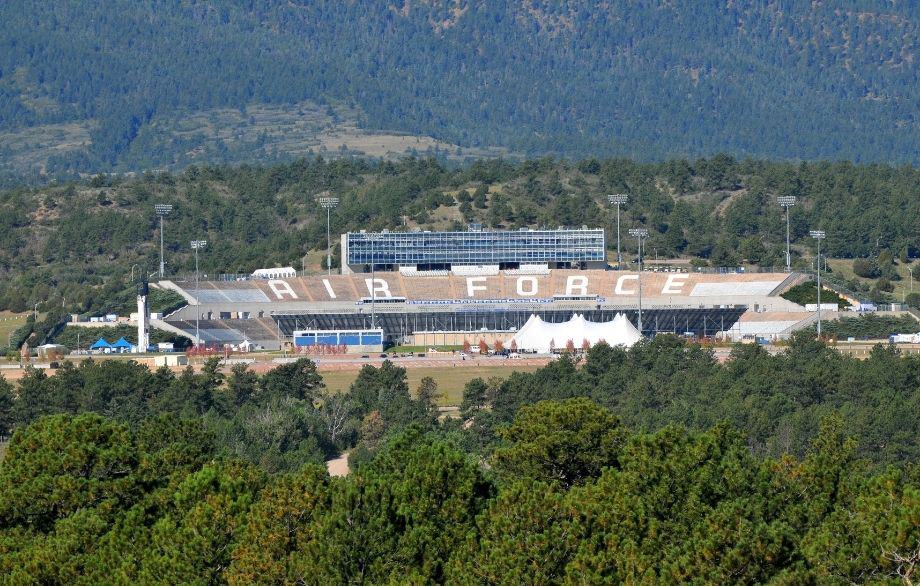The Ultimate Military Pilot Career Path (Part 1)

I’ve written extensively on The Pilot Network about what I consider to be the Ideal Career Path for a Military Pilot. I envisioned that path specifically for a pilot on Active Duty in the military; however, that doesn’t have to be the case. It turns out there’s an even better option, the Ultimate Military Pilot Career Path, and BogiDope is the perfect place to get started on it.
Military units in the Air National Guard, Air Force Reserve, Army National Guard, and other Reserve branches hire young men and women directly out of college and send them to military Undergraduate Flying Training (UFT). You’ll see shortly why this is probably the best possible way to become a military aviator. Had I known this was an option, I’d be flying C-130s out of FE Warren AFB, WY, or Colorado Springs, CO, or F-16s out of Buckley AFB, CO, right now. I want you to benefit from my hindsight, so I’m giving you access to what I consider the best kept secret in military aviation.
Table of Contents
- Active Duty - The Hard Way to Become a Pilot
- Guard and Reserve - The Better Way to Become a Pilot
- Qualification Training - A Full-Time Job
- The Guard and Reserve Advantage Defined
- Wrap-Up
Active Duty - The Hard Way to Become a Pilot
Let’s put this into context by first looking at how the military gets pilots for Active Duty:
Most military pilots come from a military service academy (USAF Academy, Annapolis, or Westpoint) or the college ROTC program. Just getting into a service academy is extremely competitive, and getting a pilot slot upon graduation narrows that field. (At the Air Force Academy, the selection rate for people who want to be pilots is about 95%.)
The ROTC program offers some amazing, competitive scholarships, though almost anyone is eligible to join whether they have a scholarship or not. Unfortunately, getting a pilot slot through ROTC is even more competitive than at a service academy because you’re competing with every other college in the country for about half of the spots available each year. (The selection rate for USAF ROTC pilot hopefuls drops to about 33%.)
The military does hire some pilots who didn’t do either of these programs. They go to Officer Training School (OTS) after college, and then right on to pilot training. It’s also possible to fly helicopters for the Army as a Warrant Officer without even having to finish college.
The military’s UFT programs are very stressful. (They’re designed that way for a reason.) One of the many stressors is worrying about whether you’ll do well enough in the program to earn a spot flying the aircraft you want. I always felt bad as a UFT instructor watching new classes come in with every student thinking he or she was going to be an F-22 pilot. That’s a statistical impossibility, and the process of having that realization forced upon you isn’t fun.
After UFT, Active Duty pilots generally owe about 10 years of service before they’re eligible to even consider moving on to the airlines or other jobs. That was an amazing 10 years for me, but it was a lot of work. I deployed 8 times, trained on 4 different aircraft, and had more than one assignment so far from my wife that we couldn't even live under the same roof. It’s a great career, despite the frustrations, but there is a much better way to do things!
Guard and Reserve - The Better Way to Become a Pilot
Instead of burning yourself out trying to get into a service academy or win an ROTC scholarship (where you’ll then continue to burn yourself out competing for a pilot slot) you can go to college like a regular person and apply for a pilot slot directly with any Guard or Reserve unit you choose. BogiDope maintains a listing of these job openings all over the country. You can browse through those listings, or use MilRecruiters Map to identify specific squadrons in places you’d like to live with aircraft you’d like to fly. The map also lets you see airline bases near those units, allowing you to identify places that work for both military and civilian careers. Once you find the right Guard or Reserve unit, you “simply” fill out an application just like any other job.
(Okay, it’s not that simple. The application process is unique, there is a relatively limited number of job openings, and there are many ways to maximize your chances. BogiDope has successfully helped hundreds of pilots through this process. See more here.)








Responses